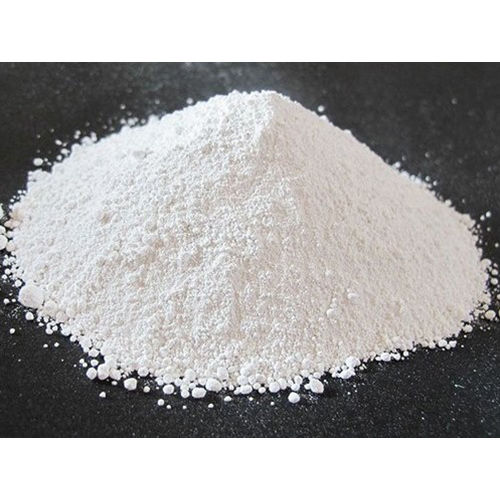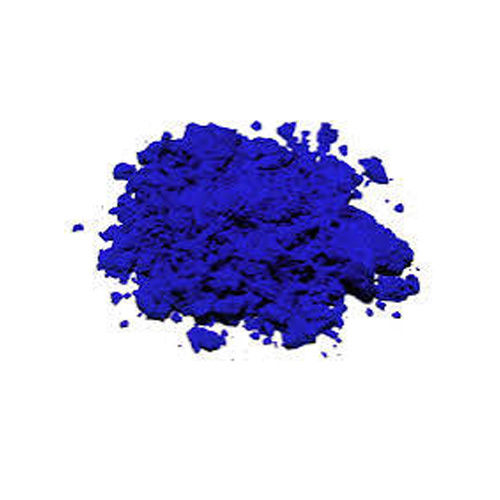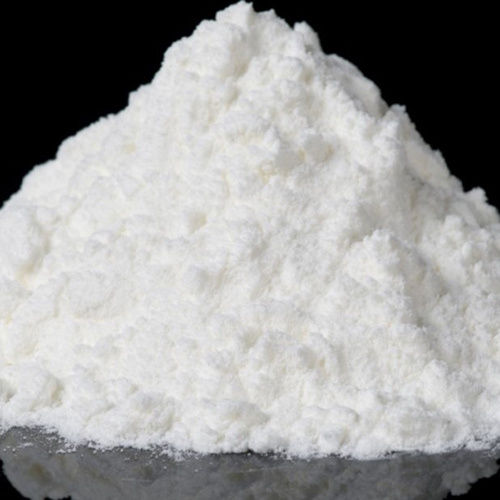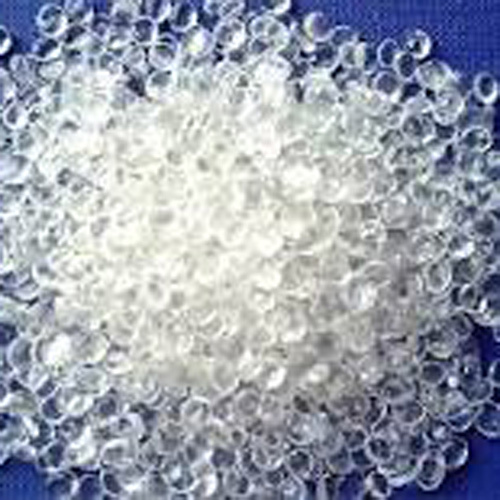Titanium Dioxide-Rutile
Titanium Dioxide-Rutile Specification
- Shelf Life
- 24 Months
- EINECS No
- 236-675-5
- Moisture (%)
- 0.3%
- Ph Level
- 6.58.0
- Storage
- Keep away from moisture
- Molecular Formula
- TiO
- Density
- 4.14.3 Gram per cubic centimeter(g/cm3)
- Surface Finish
- Smooth
- Oil Absorption
- 1825
- CAS No
- 13463-67-7
- Chemical Name
- Titanium Dioxide-Rutile
- Usage
- Paint & Coatings
- Physical Form
- Powder
- Application
- Paint & Coatings
- Color
- White
- Purity(%)
- 100%
- Grade
- A Grade
- Packaging Type
- Metal Box
Titanium Dioxide-Rutile Trade Information
- Minimum Order Quantity
- 100 Kilograms
- Payment Terms
- Cash in Advance (CID)
- Supply Ability
- 5000 Kilograms Per Month
- Delivery Time
- 10 Days
- Main Domestic Market
- All India
About Titanium Dioxide-Rutile
FAQs of Titanium Dioxide-Rutile:
1. What is the particle size of Rutile Titanium Dioxide Nanopowder?
2. Is Rutile TiO2 hydrophobic or hydrophilic?
3. What are the storage and shipping conditions for Rutile TiO2?
4. Does Titanium Dioxide-Rutile have a defined shelf life?


Price:
- 50
- 100
- 200
- 250
- 500
- 1000+
More Products in Paint Industries Category
Titanium Dioxide Anatase
Minimum Order Quantity : 100 Kilograms
Density : 3.83.9 Gram per cubic centimeter(g/cm3)
Molecular Formula : TiO2
Storage : Dry Place
Usage : Industrial Purpose
Purity(%) : 98% 100%
Ultra Marin Blue
Minimum Order Quantity : 100 Kilograms
Density : 1.9 g/cm
Molecular Formula : NaAlSiOS
Storage : Dry Place
Usage : Industrial Purpose
Purity(%) : 98%
Aerosil Powder
Minimum Order Quantity : 100 Kilograms
Density : 0.4 g/cm (bulk) Gram per cubic centimeter(g/cm3)
Molecular Formula : SiO2
Storage : Keep away from moisture
Usage : Industrial Purpose
Purity(%) : 99%
Ethylene Vinyl Acetate-EVA
Minimum Order Quantity : 100 Kilograms
Density : 0.90 1.05 Gram per cubic centimeter(g/cm3)
Molecular Formula : (CH)x(CHO)y
Storage : Keep away from moisture
Usage : Footwear, Adhesives, Packaging, Toys, Wire & Cable Insulation
Purity(%) : 99%
 English
English Spanish
Spanish French
French German
German Italian
Italian Chinese (Simplified)
Chinese (Simplified) Japanese
Japanese Korean
Korean Arabic
Arabic Portuguese
Portuguese Send Inquiry
Send Inquiry




 Send Inquiry
Send Inquiry Send SMS
Send SMS Call Me Free
Call Me Free
